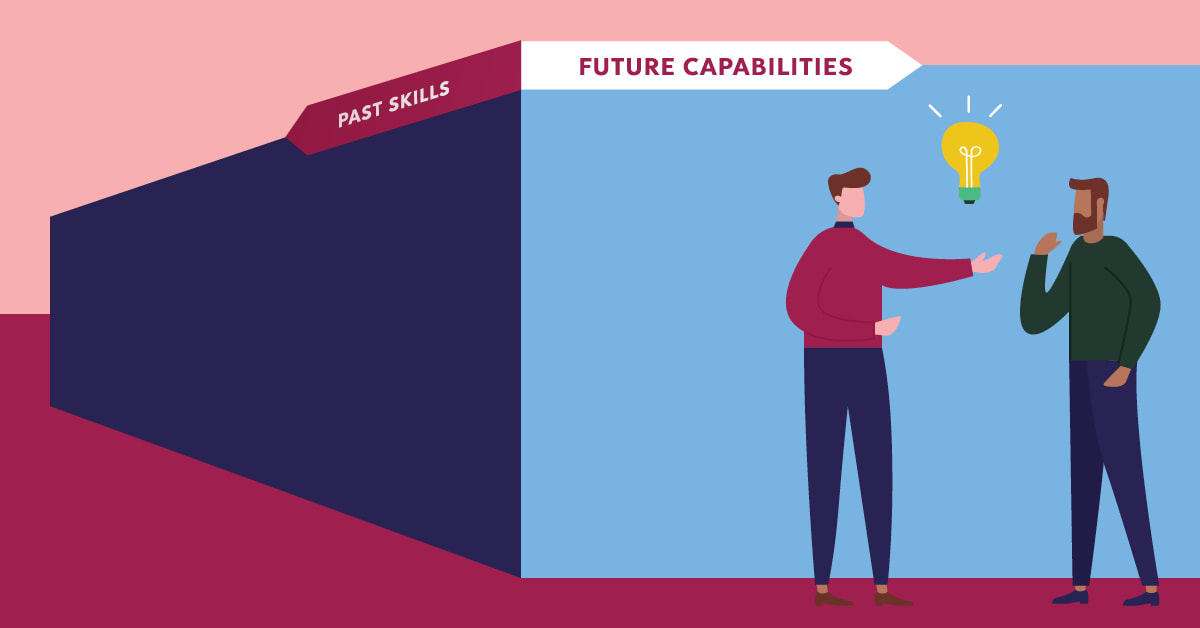
The value of human capital in the era of automation
Article: Published September 12, 2019It’s time we all became a little more human. Technology is rapidly catching up to human capital with it’s ability to complete manual and routine tasks. Artificial intelligence and automation will likely transform almost all aspects of the way we live, work, learn and play. So what is the value of human capital in an era of automation? What are the human capabilities that artificial intelligence and automation may never match? It’s these skills that will be highly valued and sought after in the not so distant future.
The future of work
The workplace of 2030 will be very different to the one that exists today. Five years from now, over one-third of skills (35%) that are considered important in today’s workforce will have changed. As
many of the routine technical tasks currently performed by people
become automated, employers are likely to demand higher order and
transferable skills in order to meet an ever-changing world. Proving the
shift is already here, one study predicts
that while 1.8 million jobs will be lost by 2020, 2.3 million new
opportunities will be created where employees be required to collaborate
to solve complex problems and make emotionally intelligent decisions
whilst leveraging technology and automation.
The future capabilities
Preparing future generations to be future capable is something the education industry has been grappling with for most of the 21st Century [as we know it]. This shift has promoted deeper reflection and discussion amongst educators and leaders about what capabilities should be taught and innovative ways of teaching them. New conversations have sparked as educators seek strategies and tools to support learners to develop future capabilities in order to create a better world.
The big questions on school leaders’ lips are how can we inspired educators to shape future capable learners? What will they need to know and be able to do to effectively create learning experiences to ensure learners can develop future capabilities? What resources already exist and what do we need to create in order to be able to observe, capture and measure future capabilities in our learners?
Future ready schools
This whitepaper examines how schools can shape future capable learners through the Australian Curriculum’s general capabilities (ACARA, 2010) and the Victorian capabilities curriculum (VCAA, 2015). More specifically, it considers how the challenge of evidencing and assessing the capabilities curriculum is critical to schools’ capacity to deliver future focused educational outcomes for learners. And to adequately equip them with the capabilities needed to succeed and flourish as adults in tomorrow’s world.
If you are fired up about shaping the future of learning– Future Learning Academy offers practical tools and on-demand resources to make future learning a reality in classrooms tomorrow.
It’s time we all became a little more human! To download the full report, register below:

